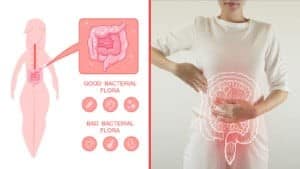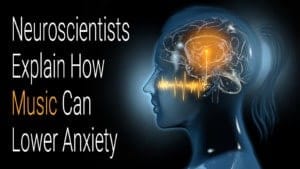Do you ever feel like kindness is an exception and not a rule in society today? Just when you think negative thoughts, someone restores your faith in humankind.
“Love and compassion are necessities, not luxuries. Without them humanity cannot survive.” ~Dalai Lama
In fact, we all lose our faith in humanity from time to time. Today on CNN, here were the three of the current topics of the day (November 20, 2019):
- Drugs Found in Home of NFL Player After Woman’s Apparent Overdose
- Two More Witnesses Offer Stunning Testimony in Presidential Impeachment Hearings
- Prince Andrew to Step Back from Public Duties
Compared to most days – and other media news outlets – the three abovementioned headlines aren’t that bad. News outlets are run by individuals who understand that “We’re drawn to depressing stories without realizing,” psychologist Tom Stafford says.
Perhaps thinking like this helps reinforce the misperception that basic human goodness, kindness, compassion, and love are going by the wayside. You know, the kinds of thoughts that bring CNN, NBC, ABC, Fox News, News Corp, and others billions of dollars in profits.
But there are beautiful displays of humanity every day – some reported and some not. In this article, we discuss the type of story that helps to restore some of the dwindling faith in the human race.
A Man’s Life Changed Because of the Kindness of One Stranger
When Tyson Crawley’s debit card declined $110 worth of gas, he was a bit freaked out. He recalls his reaction:
“(My) dog was barking wildly, I had to get to work, and I was starting to freak.”
“I tried using one that had a joint account to it but I could not for the life of me remember my PIN number! After searching through my iPhone bank app to figure out how to reset my pin, I had failed.”
$110 worth of fuel isn’t exactly something that most gas stations forgive. As it would turn out, they wouldn’t need to.
“Do you need some money?”
When a kind stranger walked up and asked, “Do you need some money?” before swiping his card, Mr. Crawley was shocked. The humanitarian didn’t ask “How much?” or even wait for Tyson’s response.
As expected, Crawley offered to pay the man if he could get his phone number. So, he took the receipt and gave it to the man who proceeded to write down what Crawley believed to be his phone number. Crawley took a photo with the man, who then simply went on his way.
“John Pass it on”
When Crawley opened up the folded receipt, he didn’t find a phone number, bank account number, or address. He found just four words: the name “John” and the three words “Pass it on” written underneath.

Of course, this made a huge impression on Crawley. He shared his picture with the man, who is flashing a slight smile and giving a thumbs-up sign.
Tyson would soon make a visit to Facebook to share his experience with the world, concluding his post with the following message:
“(Please) be beautiful people, and remember, it’s not about keeping up with the Joneses, having the biggest house, most expensive car, the largest bank account, but work with each other. After all, what is money compared to the quality of human life?”
Final Thoughts on the Kindness in Helping Others…Even a Stranger
It’s easy to get caught up in the consumerism that permeates our society. And, it’s tempting to base one’s worth on income, possessions, education, and other “status symbols.”
Additionally, it’s convenient to be pessimistic about the future of humankind – and sometimes it even feels like it makes sense.
But perhaps Mahatma Gandhi (as he often does) can provide some insight:
“You must not lose faith in humanity. Humanity is an ocean; if a few drops of the ocean are dirty, the ocean does not become dirty.”
Let’s not lose faith in kindness–or in humanity. As the anonymous man showed Tyson Crawley, there remains plenty of clean water in the ocean.













